VOC's Travel BLOG
Our Travel Blog is the place to share our real life, travel experiences in China with you. Besides, we will provide information related to Chinese culture and China travel guide. "A bosom friend afar brings a distant land near." Traveling makes us to be closer, let's discover China together!
All
China travel Guide(228)
China Food(38)
Life in Guilin(48)
Working at VisitOurChina(24)
Cultures(40)
News(12)
A bite of China- Power of Time on Cured Meat
2012-07-19 | China Food
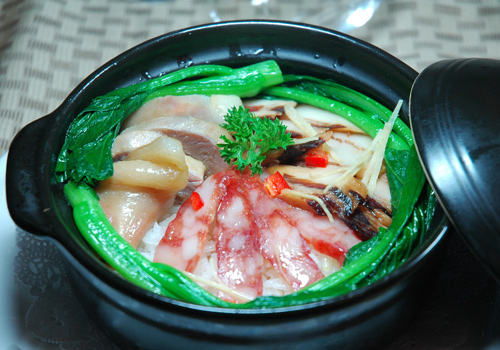
Time, the sworn enemy of food, sometimes is also the friend of food. Although we have obtained diversified ways to preserve food by means of modern technology, such old methods as pickling, air-drying, fumigating and salting had once unexpectedly brought us different and sometimes even unrivalled taste of food, which is the taste of time. Even to these days, those cured food still have a strong impact on peoples daily diet. Here I will talk about two cured meat that is popular in South China especially in Hunan Province bacon and salted fish.
The old things we are missing
2012-07-17 | China travel Guide
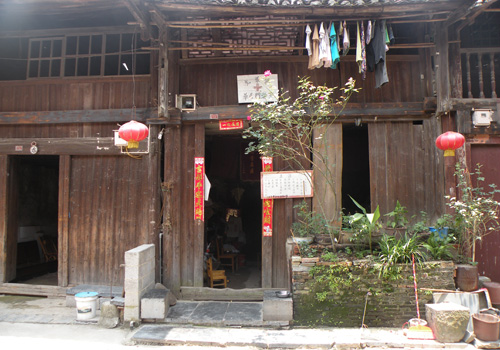
Last month I went Daxu with a group from UK. Actually they only plan to stay in Guilin for two nights with full activities, but the second day the Li River got big flooding, the cruise was canceled. People cant stay in the hotel doing nothing. So I recommended they go to visit the Ancient Town of Daxu.
A Bite of China – Power of Time on Kimchi
2012-07-12 | China Food

Time is the bosom friend of food; time is the mortal enemy of food. Although we have invented diverse ways to preserve food thanks to science and technology, such old ways as pickling, aeration drying, and bloating can not only keep food fresh, but also lead us to distinct and even more unforgettable flavour than that of fresh food. By far, food made by time twice still has a profound impact on Chinese daily diet. More importantly, it reveals the deep feelings of its people towards their hometown, such as kimchi.

Last Saturday, Guilin Tianyuan International Travel Service Co.,LTD, one of key travel agencies in Guilin, was invited to visit the Yi Jiang Yuan Scenic Spot (义江缘景区) which is dubbed as the No.1 village with most appeals in Guilin and themed by ethnic culture of Miao, Yao, Dong and Zhuang people. Andy, Sissy and me, as members of its English Department, namely Visit Our China, was lucky to participate in the activity with other colleagues of Tianyuan Company. Idyllic landscape of Yijiang River and colorful ethnic culture are the two eye-catching parts of Yi Jiang Yuan Scenic Spot. We really had a great day there.
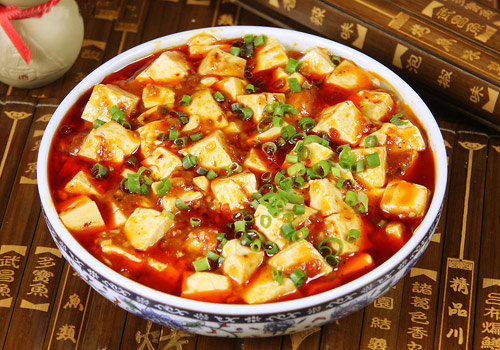
It seems to all eaters that flavour is a top priority. And Chinese people never confine themselves to a flat and monotonous list of food. They are always giving it their best shot at seeking transformation from plant to delicacy. With their own understanding of food in Chinese Cuisines, they create conditions and seize opportunities in the process all the time.

In terms of diet, flavor overwhelms anything else. Chinese never bind themselves into a stuffy food list. People persist to seek the inspiration of transformation through continuously trials. They seem to be born with the ability to utilize microorganisms like yeasts, fungus and bacteria. Wine should be the oldest sample of bringing ferment of microorganisms into full play. Rice Wine, a Chinese beverage that is made from grains like rice, millet or wheat with Jiuqu starter culture, is one of the oldest alcohols in China. It is also called Yellow Wine (Huangjiu) and has lower alcohol than that of White Spirit. Different type of Yellow Wine shows slightly different color such as ecru, tawny and reddish brown. Moreover, it is often used as a condiment in cooking to remove fishiness and promote flavor.
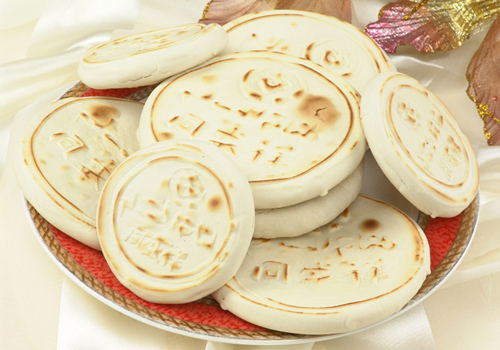
By reason of the various physical geographies, the unique distribution of agriculture of China has taken shape some 1000 years ago that dry farming of millet and wheat is carried out in the Yellow River Valley in north China, while the wet farming of rice is implemented in Yangtze River Basin in south China, which in consequence results in a common phenomenon- northerners prefer wheaten food and southerners cannot live without rice. For thousands of years, to reward toil on the soil, Chinese people live in different regions find a way to make diversified food with the simplex basic material of grains.
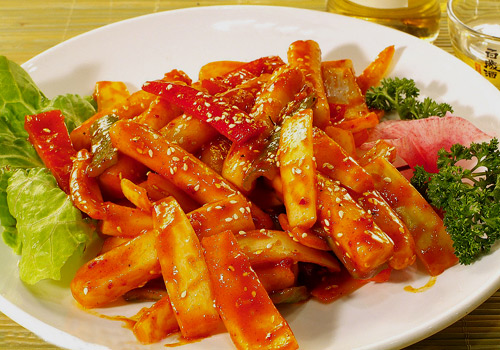
Staples are not only the main food on the table of Chinese people but also the main source of their energy. Divergent staples vary from regions to regions, ranging from wheat in the northern China to rice in the southern China. But whatever they are, staples always play a profound impact on people's understanding of the ever-changing seasons, and in the meanwhile make their life much bountiful, healthy and charmed.




